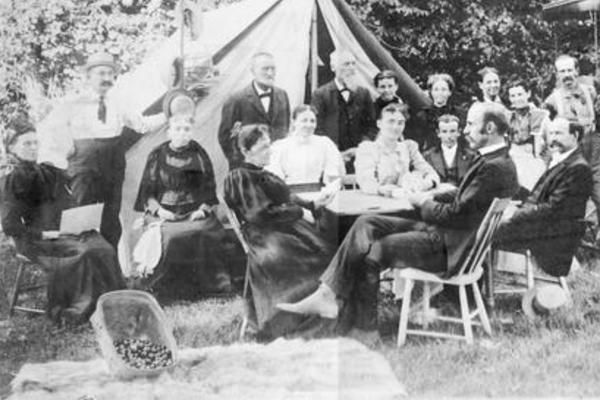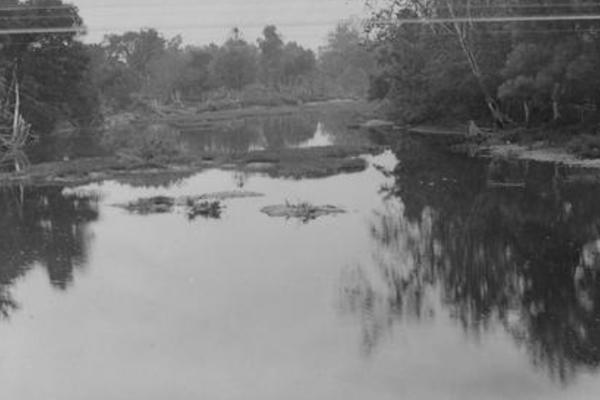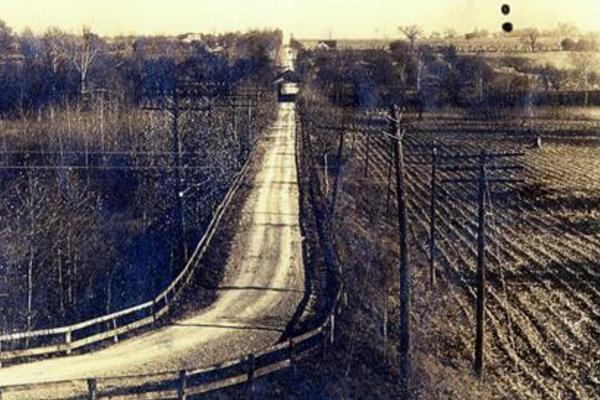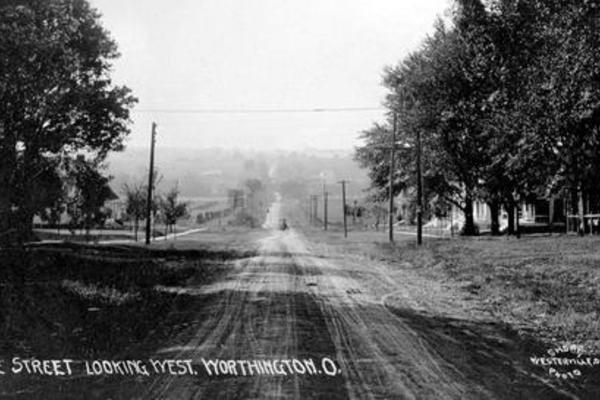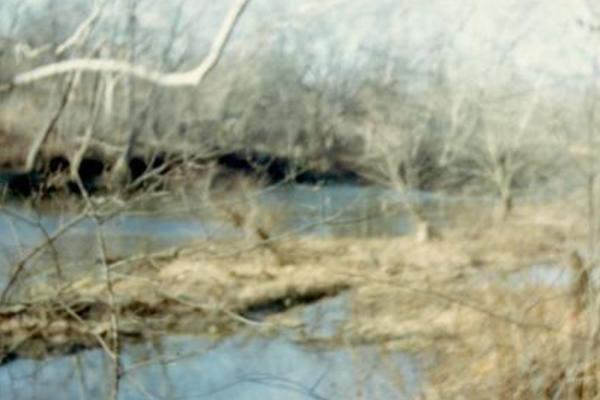Tuesday,
August 1, 2017
9:30am
Frustrated with the never-ending construction on state Route 315? You're not alone. Worthington has been a hotbed of controversy over traffic problems and road construction for more than 60 years. Put orange traffic cones and reduced speed limits from your mind for a few minutes and coast through August's exhibit on state Route 315's tumultuous beginnings.
By 1964, when the state highway department proposed tearing up the Olentangy River valley to construct state Route 315, tempers were already seething. Since 1957, the City of Worthington had successfully fended off various proposals to construct the "North Outerbelt" (now I-270) through the blind and deaf school properties, the Chaseland subdivision and what is now the Worthington Estates/Worthingway area south of Wilson Bridge Road. Anything suggesting even more traffic exiting into downtown Worthington provoked multiple public hearings and Worthington City Council resolutions.
Worthington itself had continued to grow rapidly during the decades after World War II. In 1964 alone, the City of Worthington had issued 194 building permits for single residences and 11 permits for industrial and commercial buildings. The additional business and residential traffic would only increase pressure on the local traffic system.
So when the Ohio Department of Highways proposed running a new freeway from downtown Columbus up the undeveloped natural area of the Olentangy River valley, several organized opposition groups quickly formed. The Olentangy Valley Preservation Association, a citizens’ group, formed in 1964 to block construction of any freeway through the area. On January 4, 1965, 140 people turned out at a Clintonville Community Council meeting to protest the freeway. The following day, more than 200 residents of Worthington, Mount Air and Delaware County met at Worthington High School to demand the valley be saved as parkland.
Later that month in the "Worthington News," Worthington's city manager presented revised state Route 315 plans from the highway department that would re-channel the river away from Medick Estates and the subdivisions to the north, and would spare more than 60 acres for parkland along the river bank. He also pointed out the need for an interchange at the intersection of I-270 and the state Route 315 freeway. "Without the interchange between State Route 315 and IR 270, much of the traffic will pass through Worthington. Greatly increased traffic through the city would have a devastating effect upon Worthington."
Ultimately, fear of overwhelming traffic won out over opposition to altering the natural state of the river valley. In a 6-1 vote, on April 28, 1966, after 18 months of debate and study, the Worthington City Council passed an ordinance giving state officials permission to build the freeway through Worthington city limits. The consent ordinance included the requirement that wild areas on the east side of the rechanneled river be preserved as a park.
But opponents were not quite finished. The following month, a group of Worthington residents circulated a petition asking for a ballot initiative so residents could vote whether to ban the Olentangy freeway entirely through the City of Worthington. Their position, published in the May 26, 1966, edition of the "Worthington News," states, "…We have put our faith in the individual voter's judgment and we are going directly to the people with the simple proposition that A PARK IN THE VALLEY HAS MORE VALUE THAN A RIBBON OF CONCRETE."
The anti-315 faction was unsuccessful, but Worthington would wait another 12 years before construction of the freeway between Bethel Road and Snouffer Road began. The 315 freeway was completed in its entirety in 1981, accelerating the migration of development north and northwest and adding even more traffic and construction headaches for Worthington.
Until cooler temperatures force road construction signs and traffic cones into temporary hibernation, stay safe out there!

